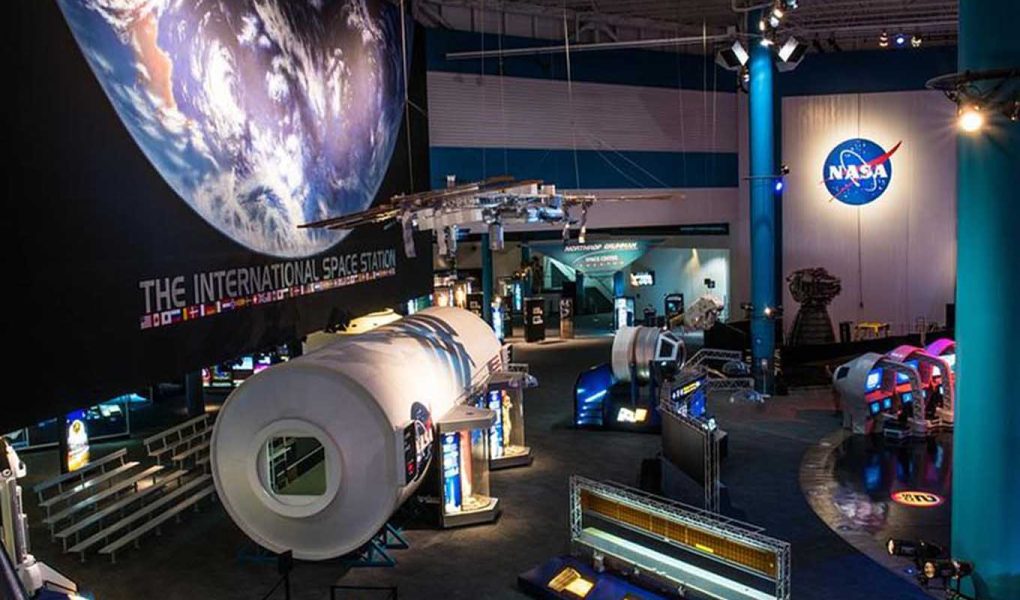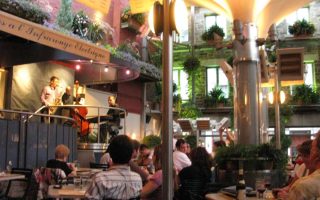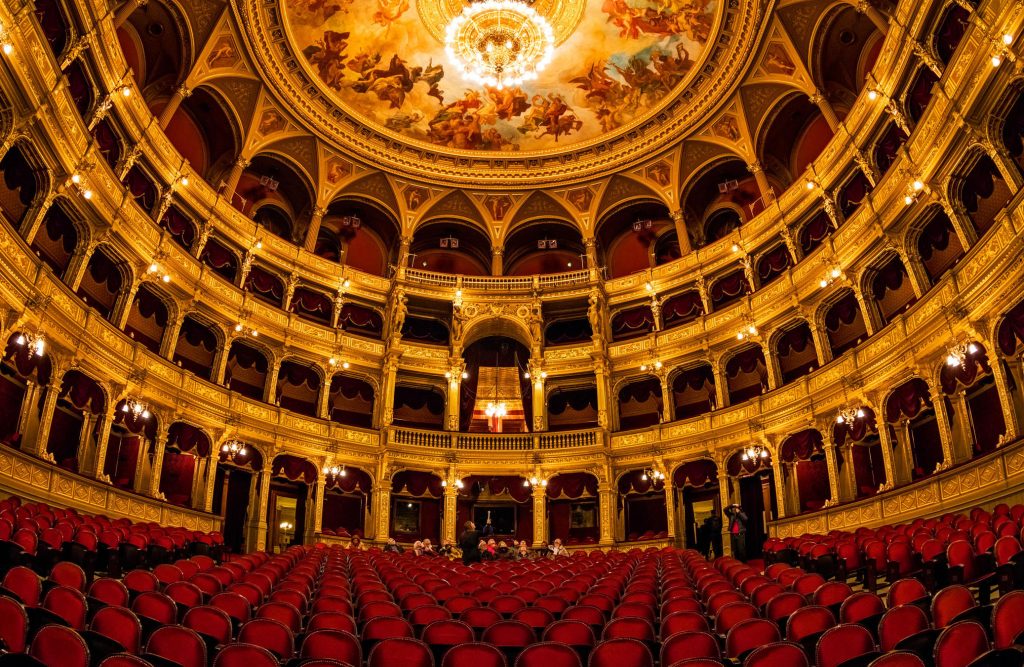Speaking of “Houston”, the first thing that flashes in most people’s minds is often the classic line: “Houston, we have a problem.” This distress signal from the Apollo 13 mission, although slightly different in real history, has become widely known due to the spread of Hollywood movies and has become a landmark sentence in the history of American space exploration.
For this reason, Houston, an important city in Texas, has gradually become known to space fans around the world and has become a sacred place in their hearts. And in this city, one of the most fascinating landmarks is NASA Johnson Space Center (Johnson Space Center, JSC). It is not only an important scientific research and mission command base for NASA, but also the starting point for uncovering the mysteries of the universe and feeling the human dream of space.
Ⅰ. The birthplace of the space legend: the background and significance of the Johnson Space Center
The Johnson Space Center was built in 1961 and is the main pilot training, mission control, astronaut support and international space station management base of the National Aeronautics and Space Administration (NASA). This center not only controlled every moon landing mission of the Apollo program, but also was the heart of the space shuttle program.
Today, the part of NASA Johnson Space Center open to the public is “Space Center Houston” – this is the only officially authorized visitor center. Here, you can not only get close to real space capsules and rockets, learn about the history of American spaceflight and the latest scientific research results, but also have the opportunity to see the astronaut training process with your own eyes.
Ⅱ. Geographic location and transportation guide

NASA Johnson Space Center is located southeast of downtown Houston, about 40 minutes by car, specifically in the Clear Lake area. Its geographical location is slightly away from the city, but the transportation is convenient:
1. Self-driving
It is recommended to use the navigation tool to set “Space Center Houston” as the end point, drive south along I-45, and exit at NASA Bypass. There is a large parking lot on site with reasonable charges. It is recommended that self-driving tourists prepare cash or cards in advance to pay for parking.
2. Take public transportation
From downtown Houston, you can take the METRO bus (Bus Route 249 or 297). Although there are many transfers and it takes a long time, it is suitable for backpackers or tourists without cars. It is recommended to combine shared bicycles or taxis to complete the last leg of the journey.
3. Take a taxi/online car-hailing
Uber or Lyft is very popular in Houston. It costs about $40-60 to take a taxi from downtown to the Space Center one way, which is suitable for multiple people.
III. Ticket prices and third-party booking platform recommendations
1. Official ticket sales channels
Space Center Houston provides ticket services, with adult tickets costing about $30-35 and children’s tickets costing about $25. Seniors can enjoy preferential prices.
2. Third-party ticket platform recommendations
If you want to combine more services, such as pick-up, guided tours, skip-the-line services or city pass package discounts, you can choose the following platforms for booking:
Klook: Space Center tickets + pick-up packages are available all year round, suitable for tourists to travel independently.
GetYourGuide: The platform offers a variety of combination ticket options, such as NASA + city tour + guided tour.
Viator: Affiliated with Tripadvisor, it provides high-quality shuttle groups, VIP access tickets and customized in-depth tour itineraries.
CityPASS Houston: Suitable for travelers who plan to visit for multiple days, it is more affordable to package the space center with museums, zoos, etc.
These platforms can usually be booked more than 7 days in advance, and they also support English or Chinese interfaces, which are easy to operate.
Ⅳ. Ten core highlights that cannot be missed
The exhibition area of Space Center Houston is rich and the facilities are modern. Here are the ten highlights that you cannot miss:
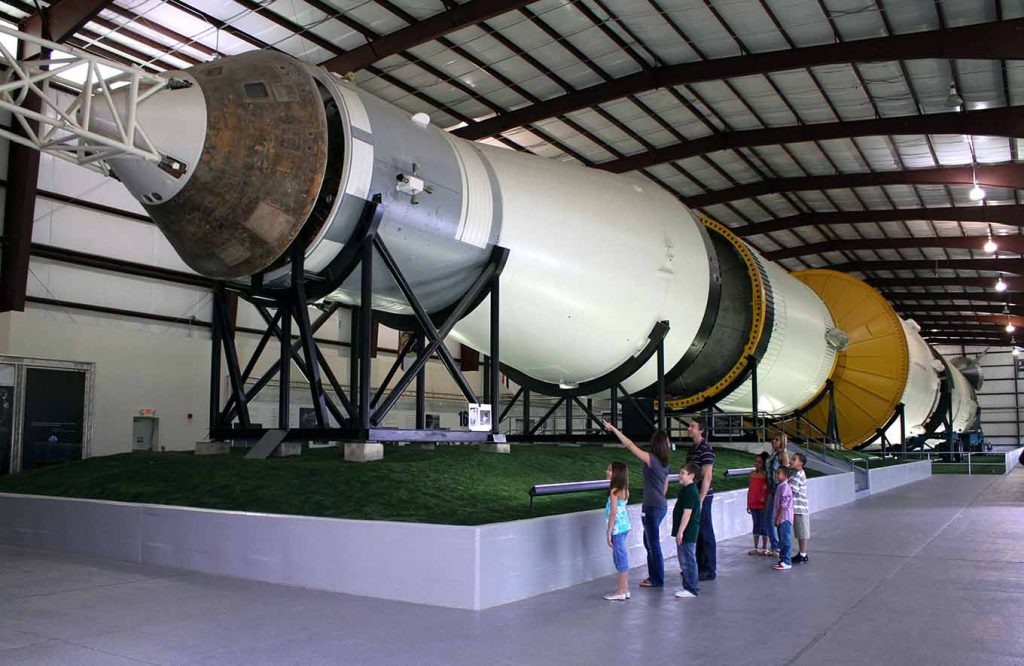
1. Mission Mars
In-depth understanding of NASA’s Mars exploration plan, including the technical details of future landings on Mars and the experience of the simulated cabin, is a boon for technology fans and science fiction fans.
2. Apollo 11 prototype control room (Apollo Mission Control Room)
The restored Apollo flight mission control center has been restored to its original appearance. Sitting in front of the console is like being in the space race era of the 1960s.
3. Astronaut Training Facility Tour
Take the NASA Tram Tour to go deep into the core area of the center and see the equipment used for astronaut training, virtual spacewalk equipment, and the ongoing training process.
4. Rocket Park
The real Saturn V rocket used here is displayed. It is 110 meters long and has sent astronauts to the moon. The huge size is shocking.
5. International Space Station Gallery
The structure, operation mode and living environment of the space station are displayed in detail. Some exhibits can be visited inside to truly restore the details of space life.
6. Innovation Gateway
This area focuses on displaying NASA’s latest scientific research results and technology transformation in the fields of medicine, energy, agriculture, etc., which is very suitable for young people to learn.
7. Astronaut Gallery
From the Mercury Project, Gemini to Apollo and the space shuttle era, space suits are displayed one by one. It is an important area for understanding the history of aerospace evolution.
8. Space Center Theater
Equipped with advanced IMAX equipment, it plays multiple space-related documentaries and 3D films every day, which is suitable for taking a break and expanding your knowledge.
9. Independence Plaza
Board the real Boeing 747 space shuttle carrier and the simulated space shuttle model, enter the cockpit to experience the pilot’s perspective, and take photos.
10. Astronaut Encounter
Different retired or active astronauts are arranged to share their experiences every day. Visitors can ask questions and interact, which is the best opportunity to obtain first-hand information.
Ⅴ. Recommended tour route and schedule
Recommended stay time: 4-6 hours
If you want to have a deeper understanding and participate in interactive experiences, it is recommended to arrange a full day (about 10:00-17:00):
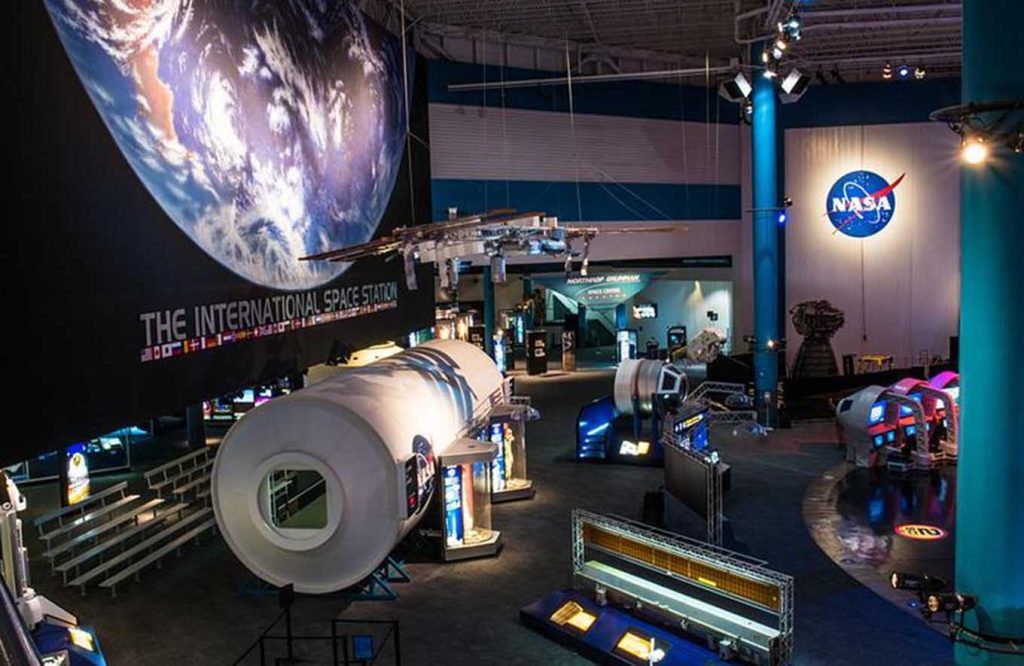
10:00-11:00: Mission Mars + Space Suit Exhibition
11:00-12:30: Tram Tour (Control Room + Training Facilities)
12:30-13:30: Lunch (the buffet restaurant in the park serves hamburgers, pizza, etc.)
13:30-15:00: Rocket Park + International Space Station Exhibition Hall
15:00-16:00: Space Capsule Experience + IMAX Movie
16:00-17:00: Astronaut Talk + Gift Shop Shopping
Ⅵ. Park Facilities and Intimate Services
1. Catering Services
The park has a main restaurant and multiple snack sales areas. The price is slightly higher than that in the city, but the variety is rich, which is suitable for a short stay to replenish energy.
2. Shops and souvenirs
The main gift shop has NASA authentic commemorative T-shirts, badges, models, astronaut food, etc. Some limited products are only sold on site.
3. Accessibility and parent-child facilities
The park fully supports barrier-free access, provides wheelchair and stroller rental services, and has a mother-and-child room and a children’s interactive area, which is very suitable for family tourists.
VII. Best time to visit and seasonal recommendations
Best time: March-May, October-November
Houston has a mild climate in these months, and it is not easy to get heatstroke, which is suitable for queuing or outdoor trips. Avoid the high temperatures in July-August and the wet and cold weather in winter for the best experience.
Best days of the week: Tuesday-Thursday
Avoiding the peak crowds on weekends and holidays, you can participate in interactive exhibitions more calmly and the queuing time is greatly shortened.
VIII. Recommended for the crowd
Parent-child families: The highly interactive exhibition area, space training experience and IMAX movies are very suitable for taking children to explore the world of science and technology.
Space fans/technology geeks: Detailed information from the history of the moon landing to future Mars missions satisfies the curiosity of in-depth enthusiasts.
Photography enthusiasts: Rocket Park, space capsule cockpit, and space suit display area are all natural check-in backgrounds.
Student groups/educational institutions: The park provides special educational explanations and science camp programs, which is an ideal choice for scientific enlightenment.
Cultural tourists: NASA is a representative attraction for American national identity and science and technology culture. It is not to be missed.
NASA Johnson Space Center is not only a dream place for space fans, but also a unique experience for ordinary tourists to walk to the “edge of the universe”. Here, you will redefine the insignificance and greatness of human beings, and see how technology makes imagination become reality.
Whether you are entering the threshold of space for the first time or an experienced enthusiast who has already studied the theory of rocket propulsion, this pilgrimage is worth cherishing.
The next time you look up at the stars, please remember: there is a history, a country, and some people who are working hard to get us there.
